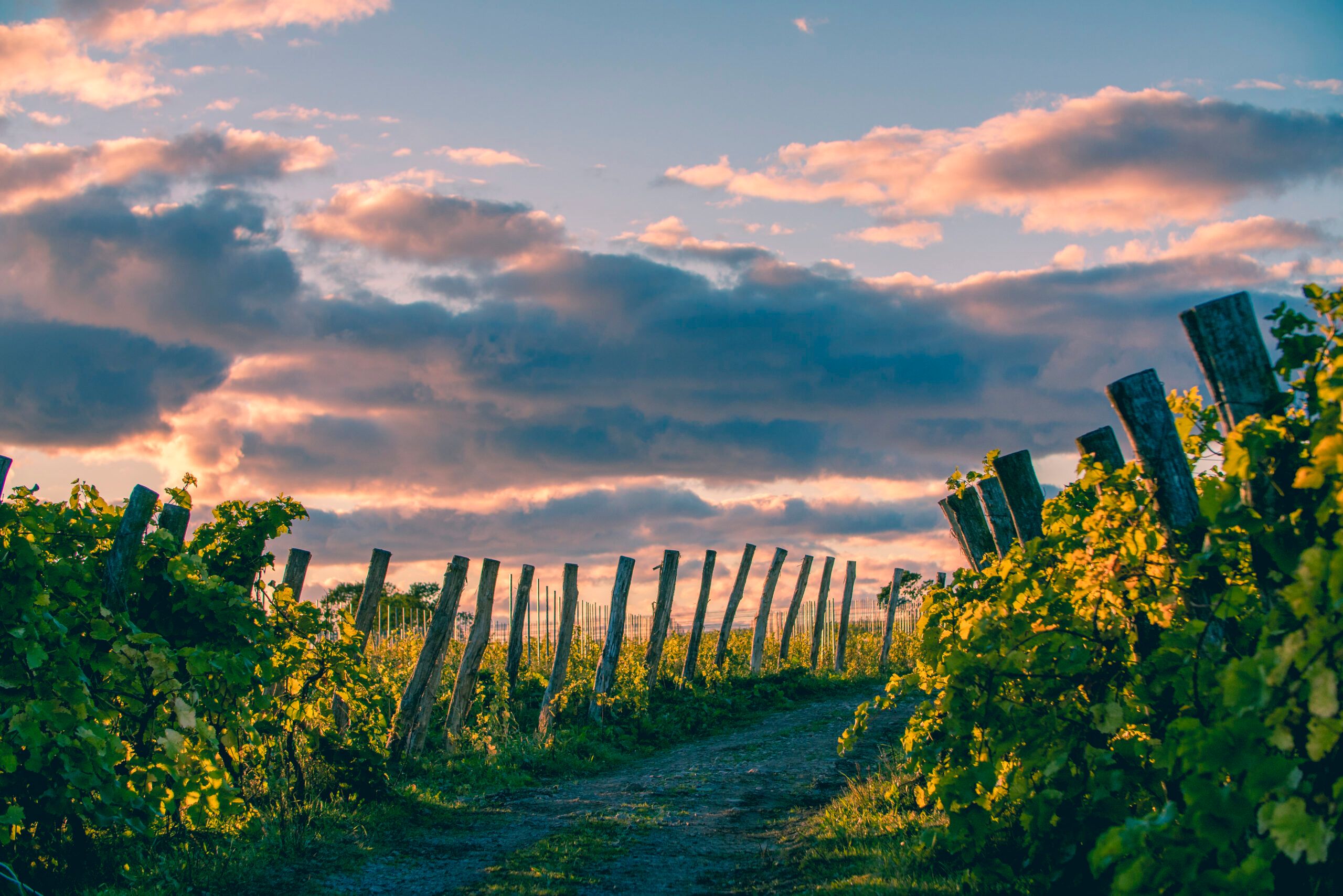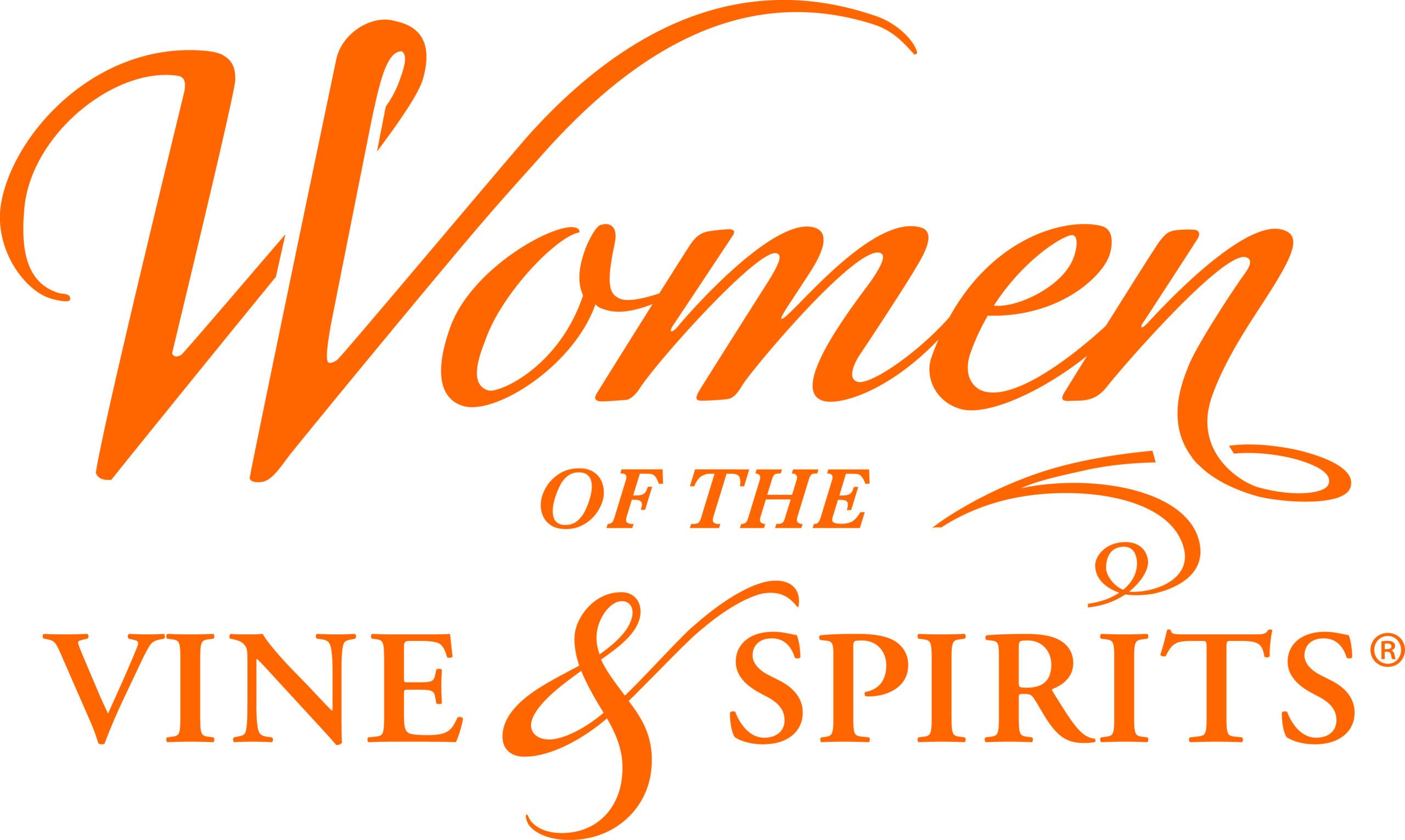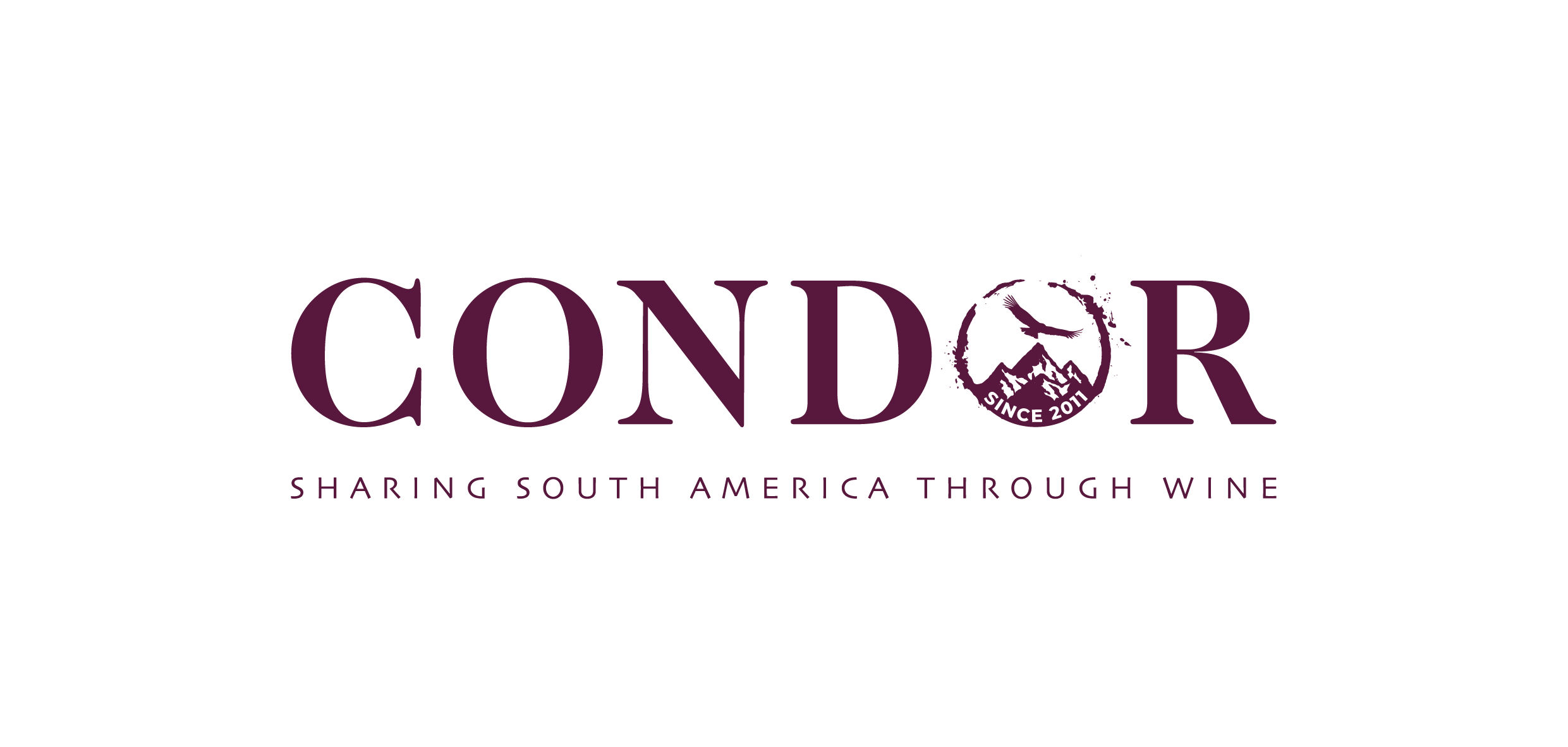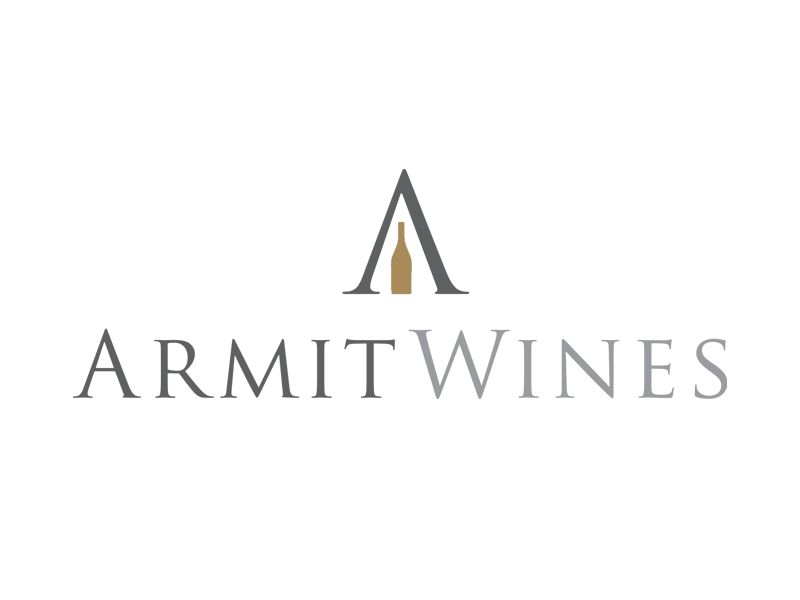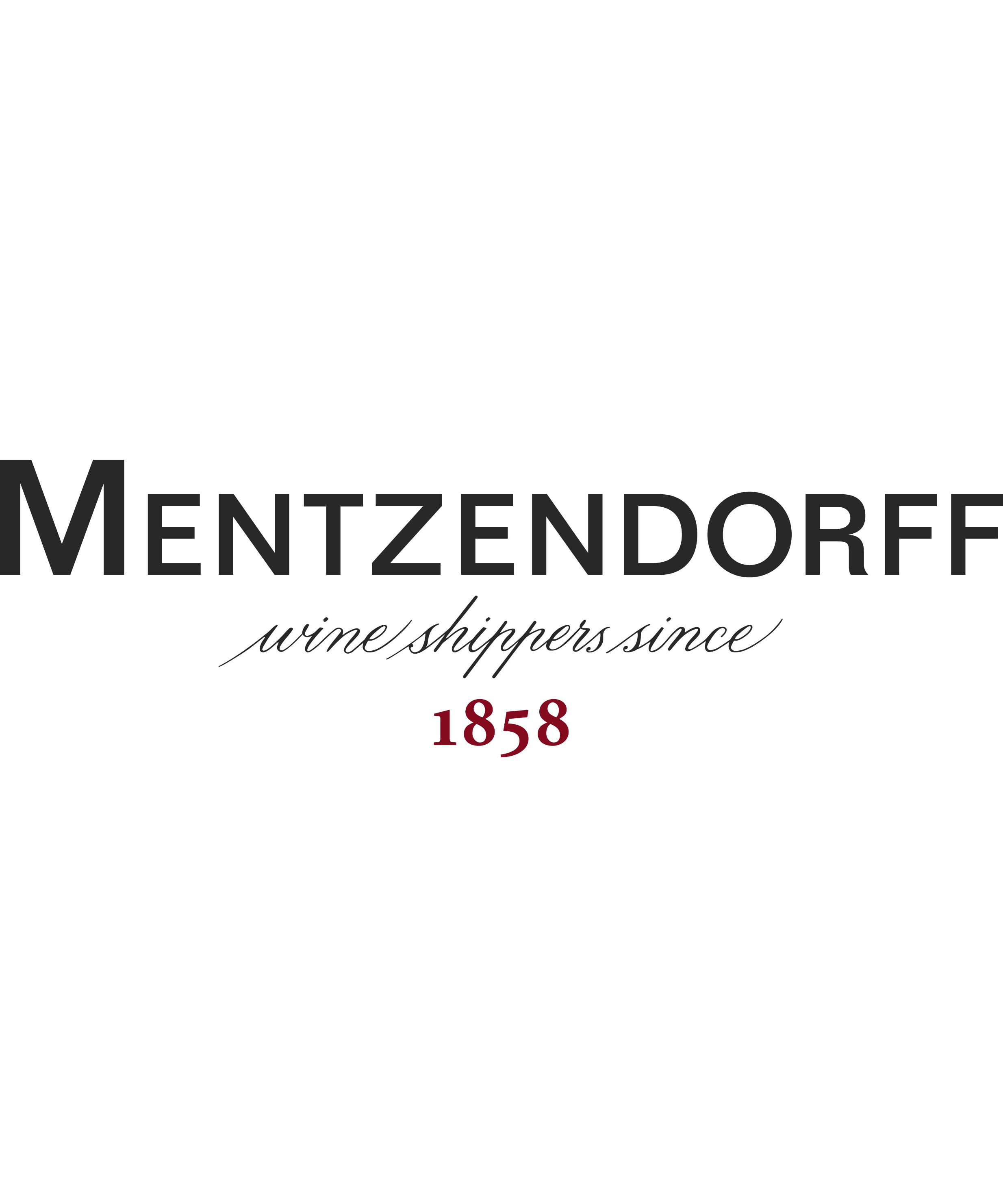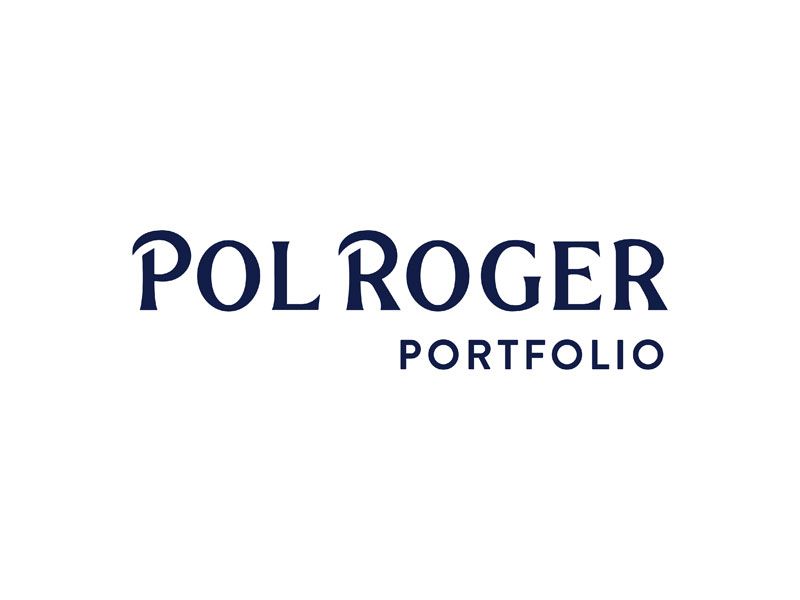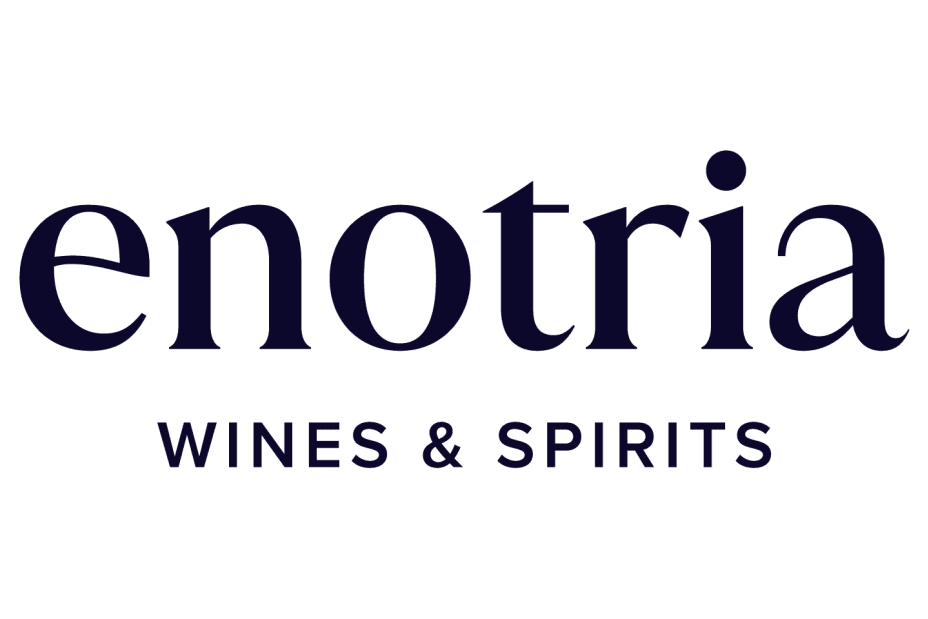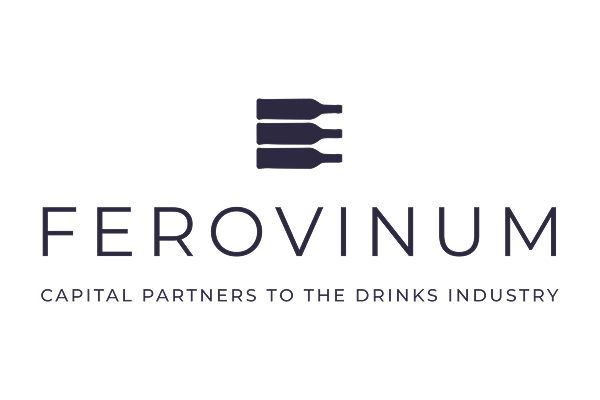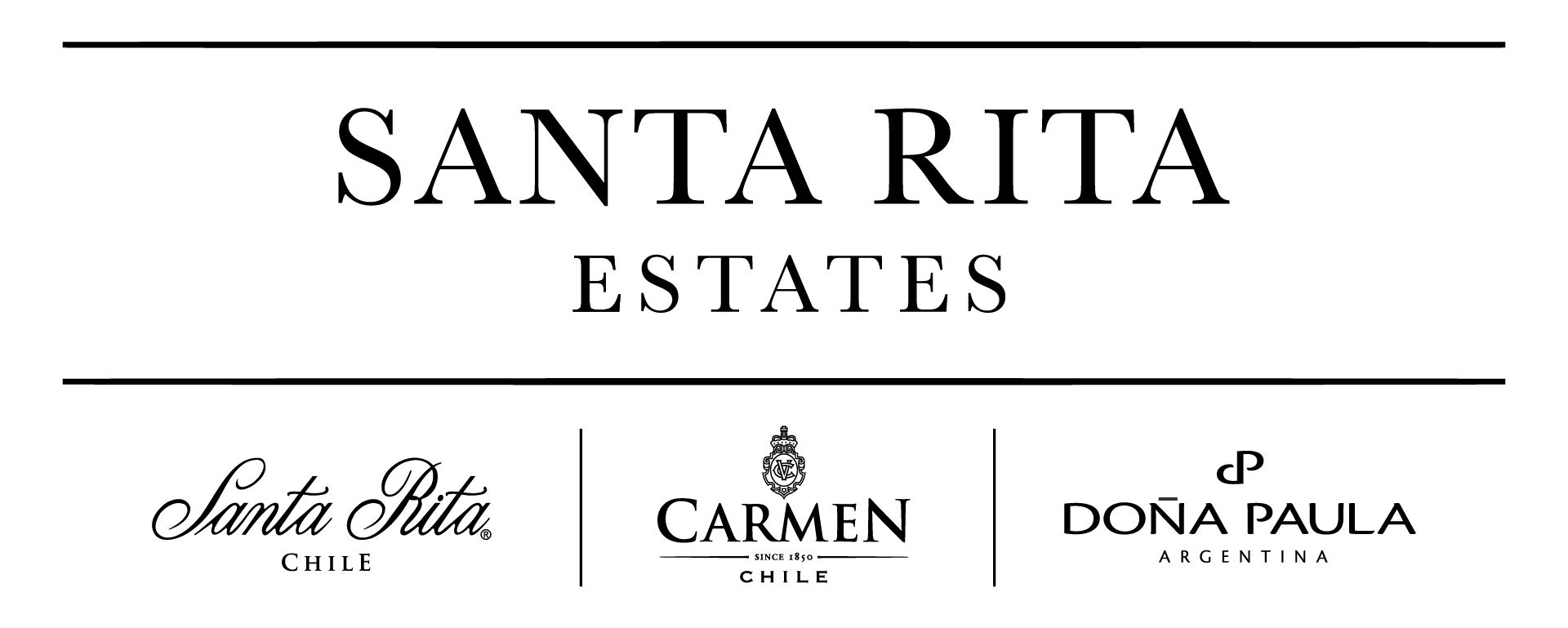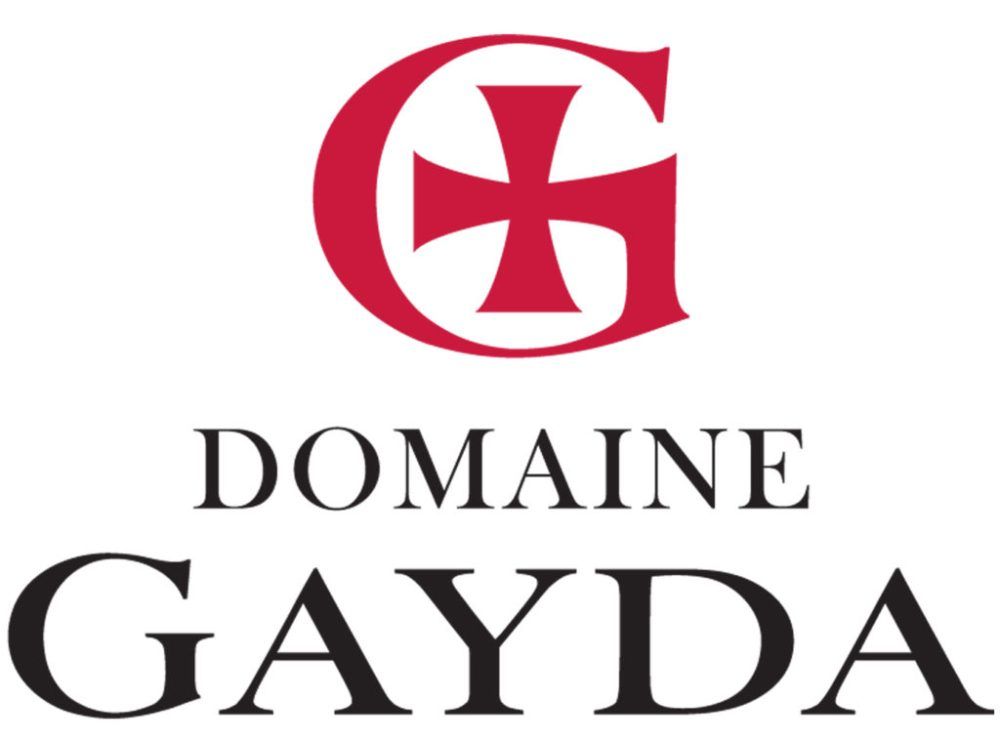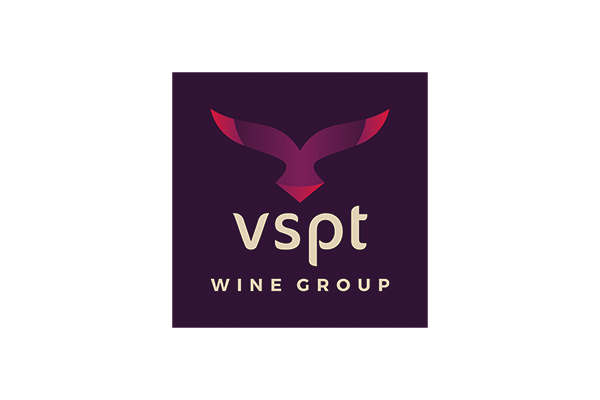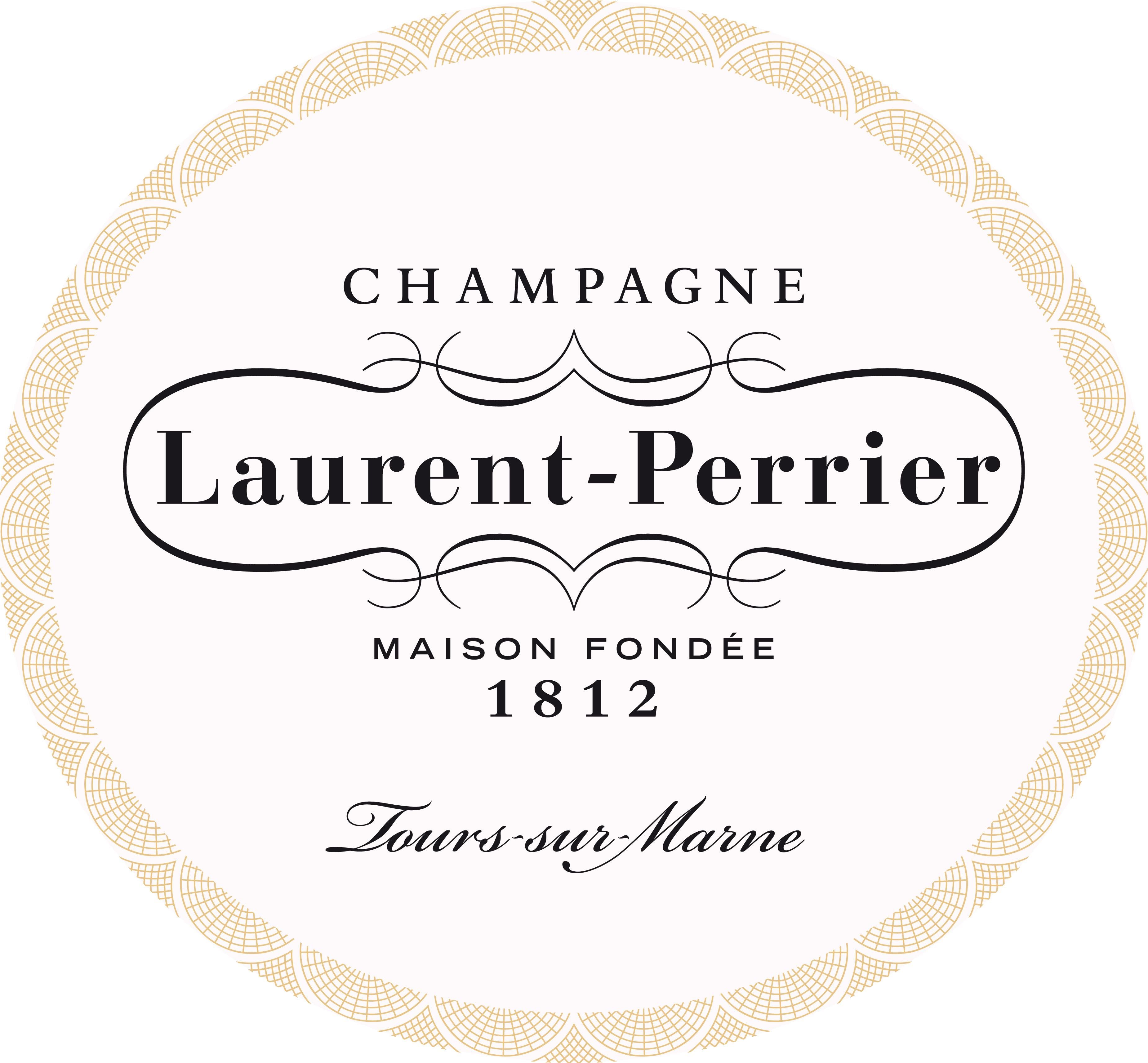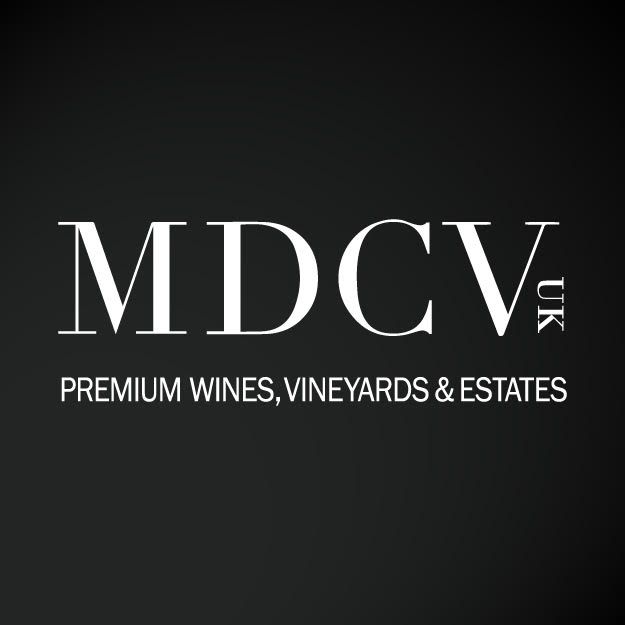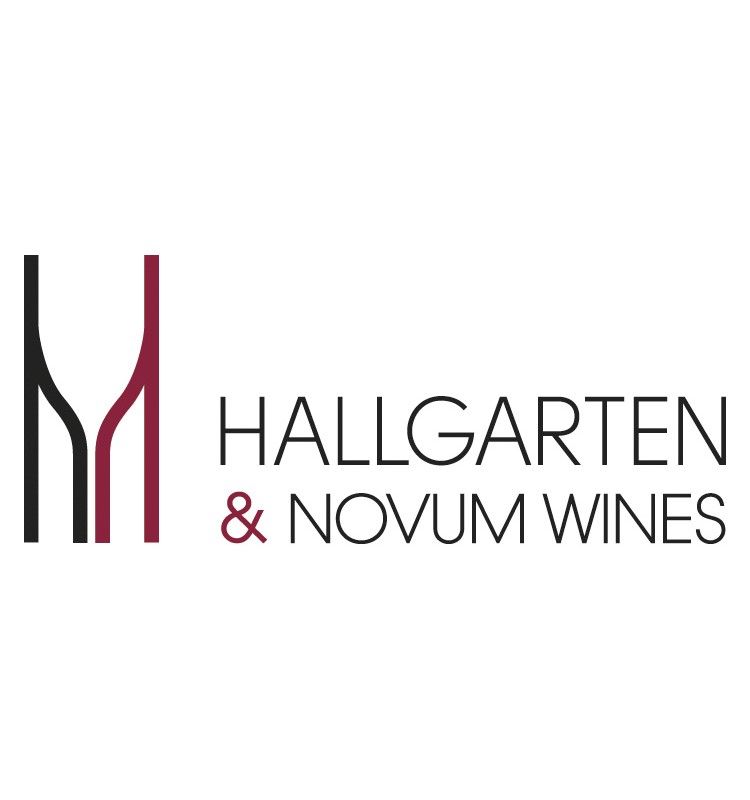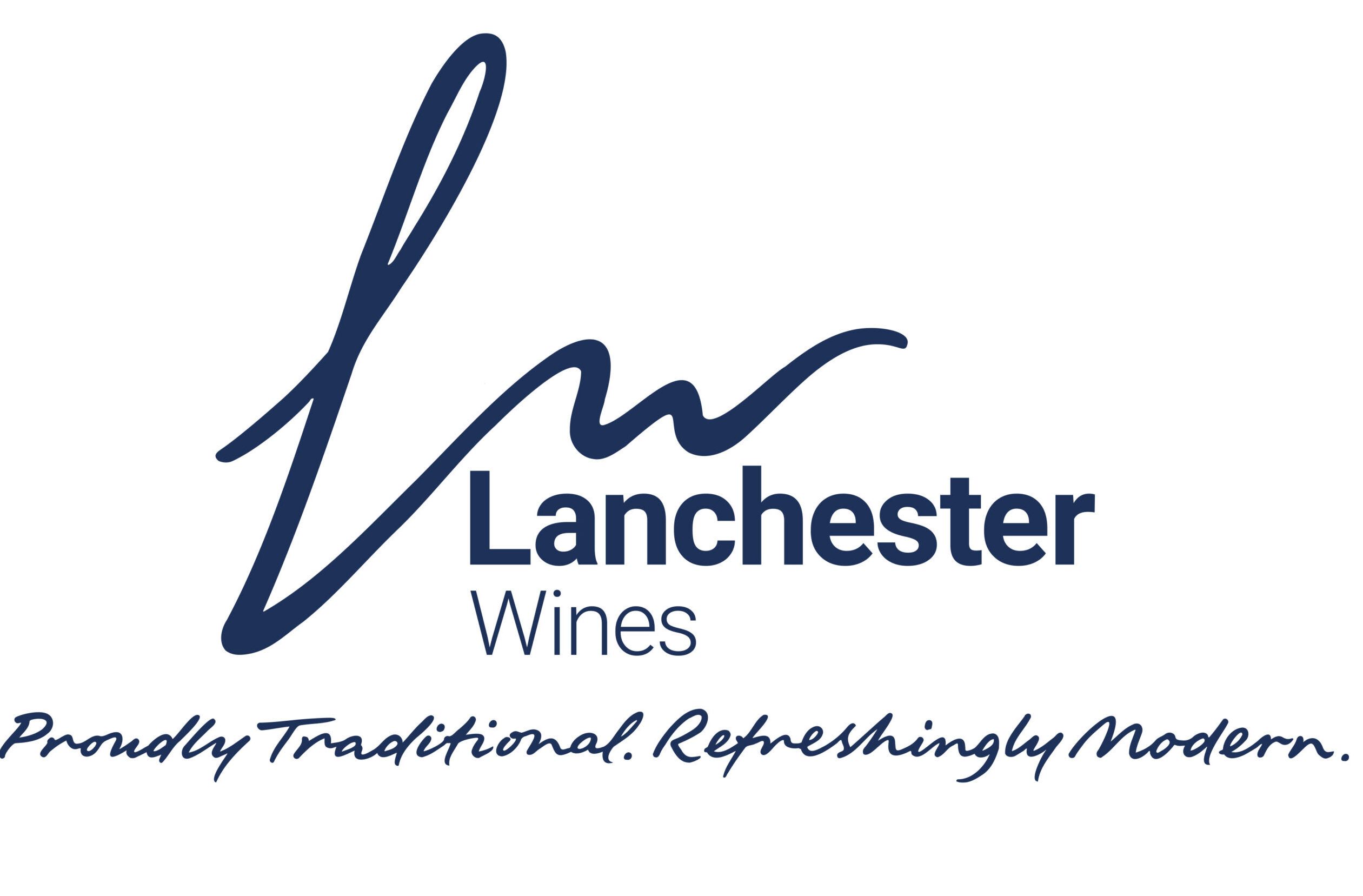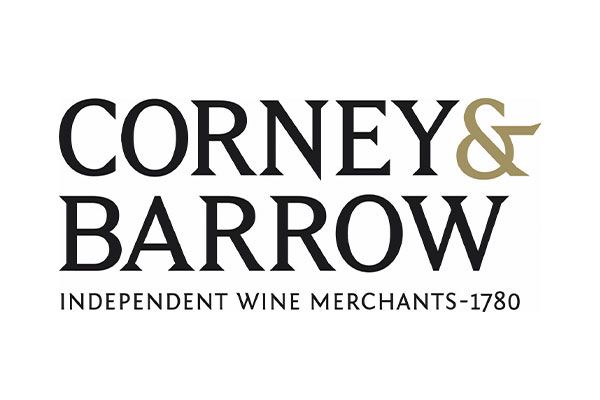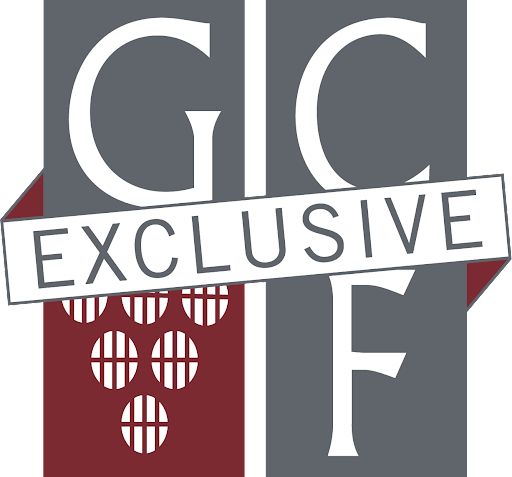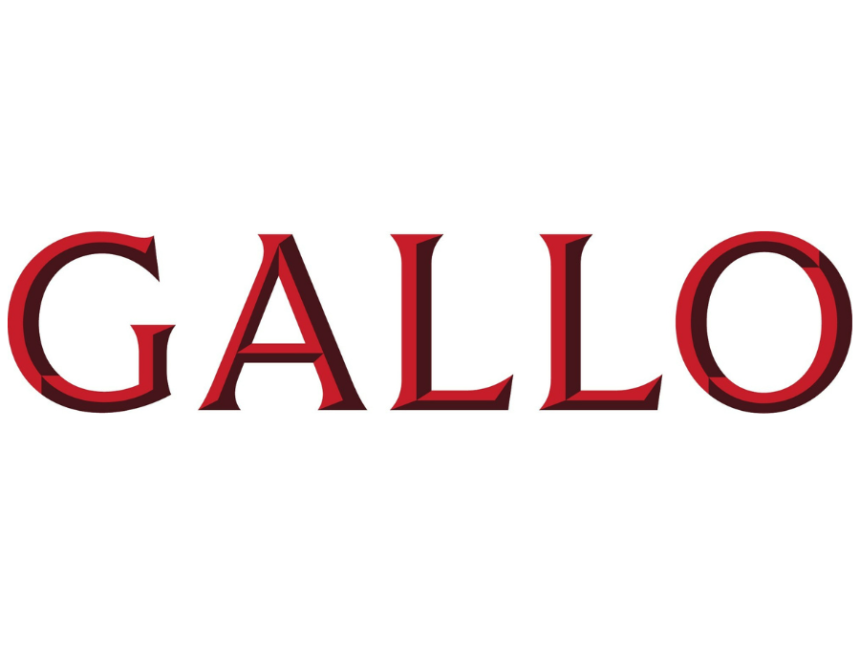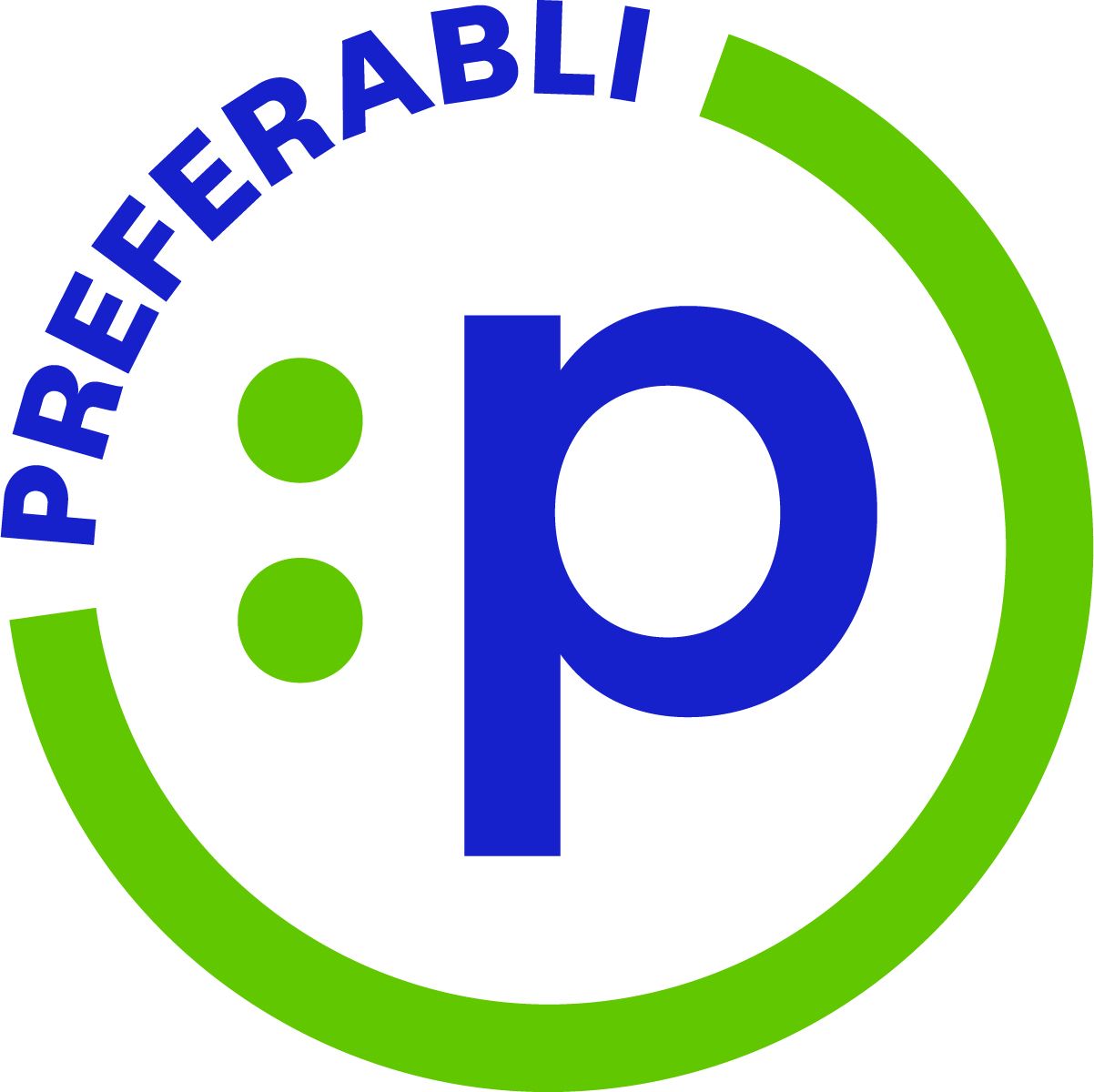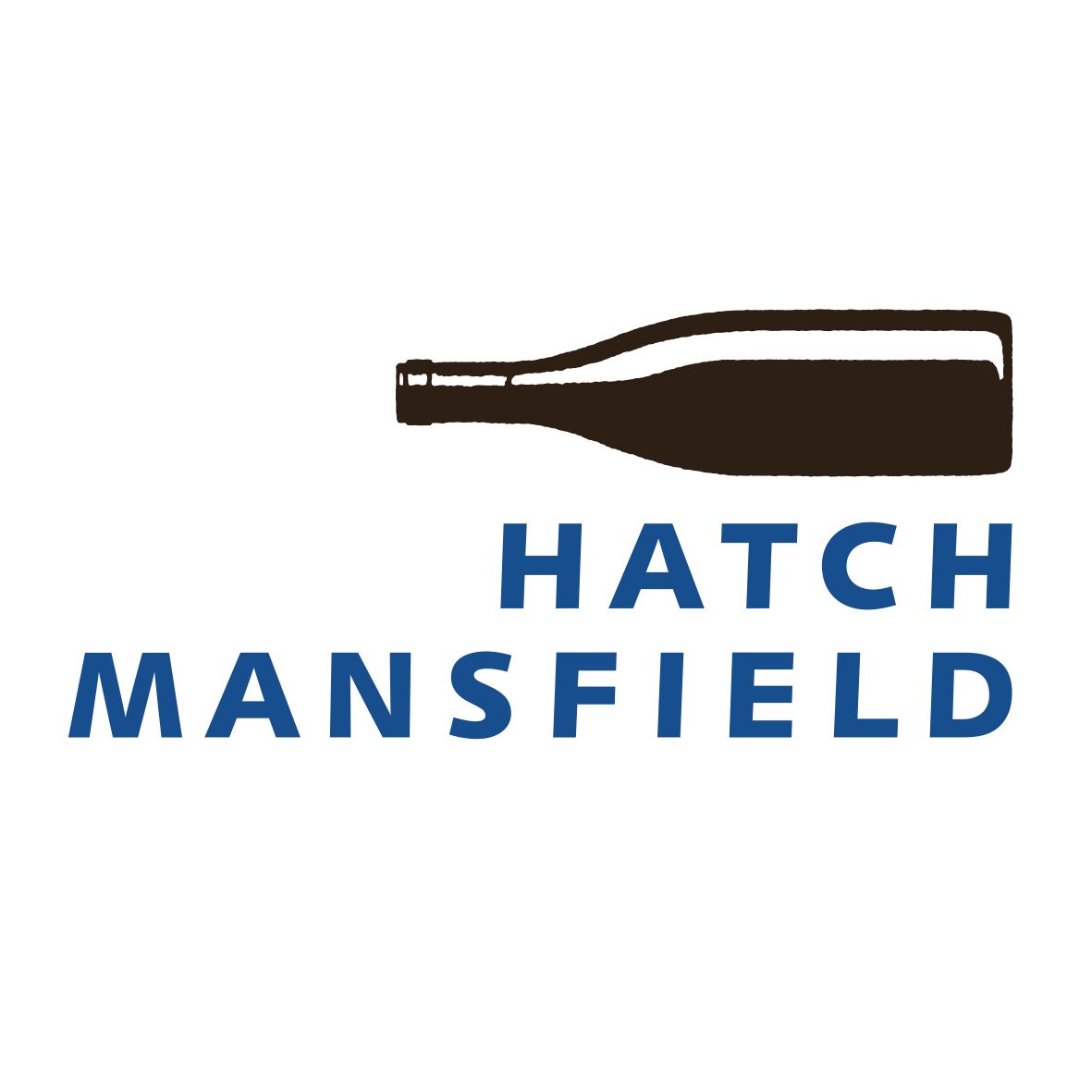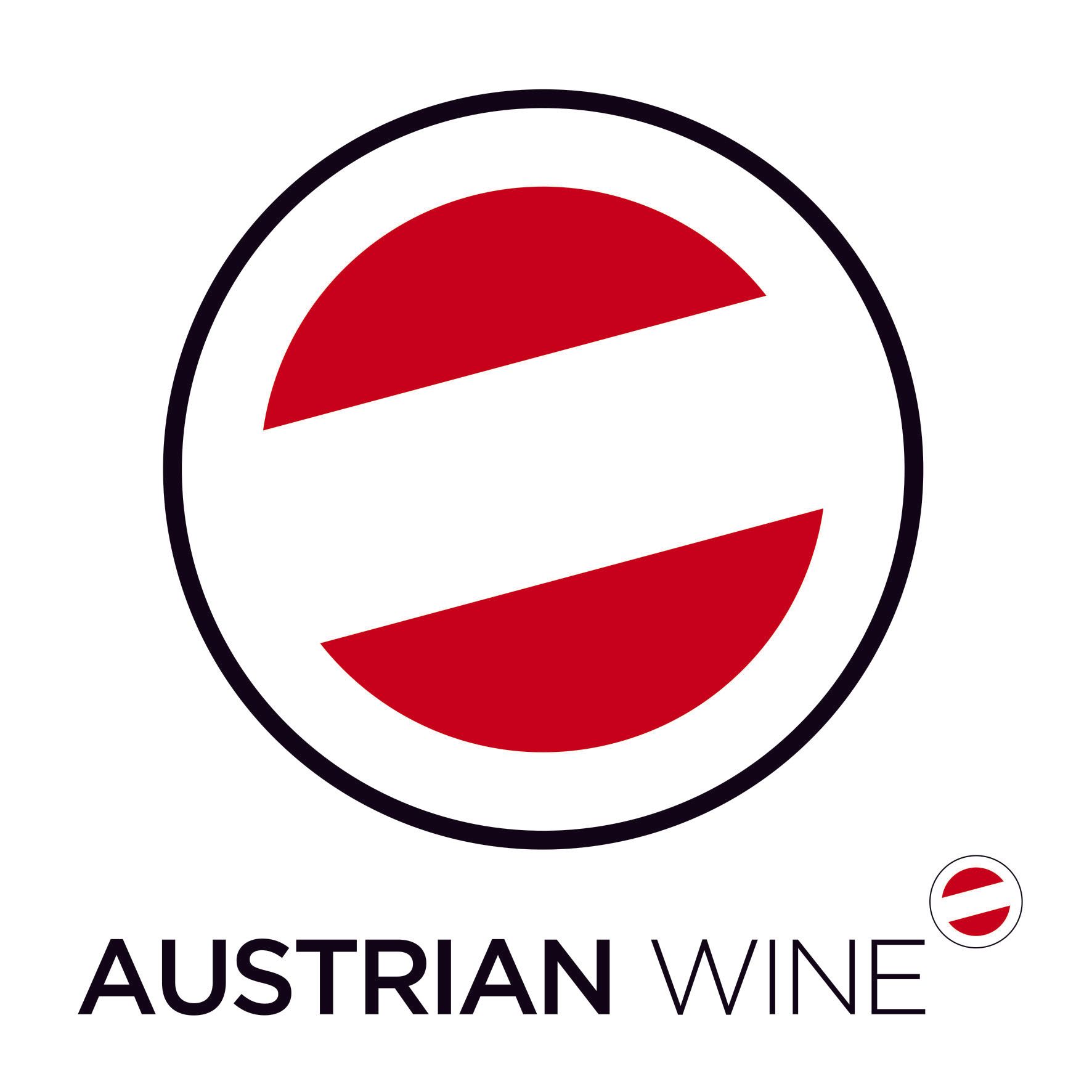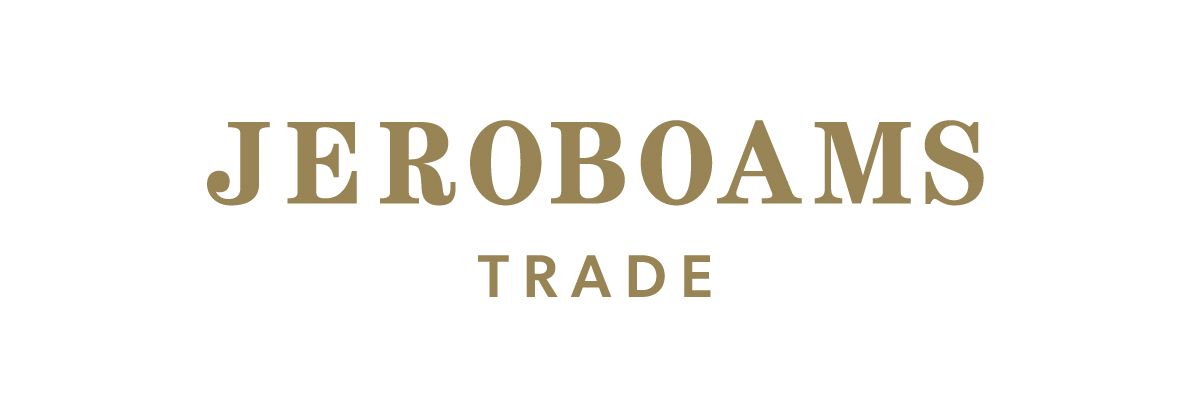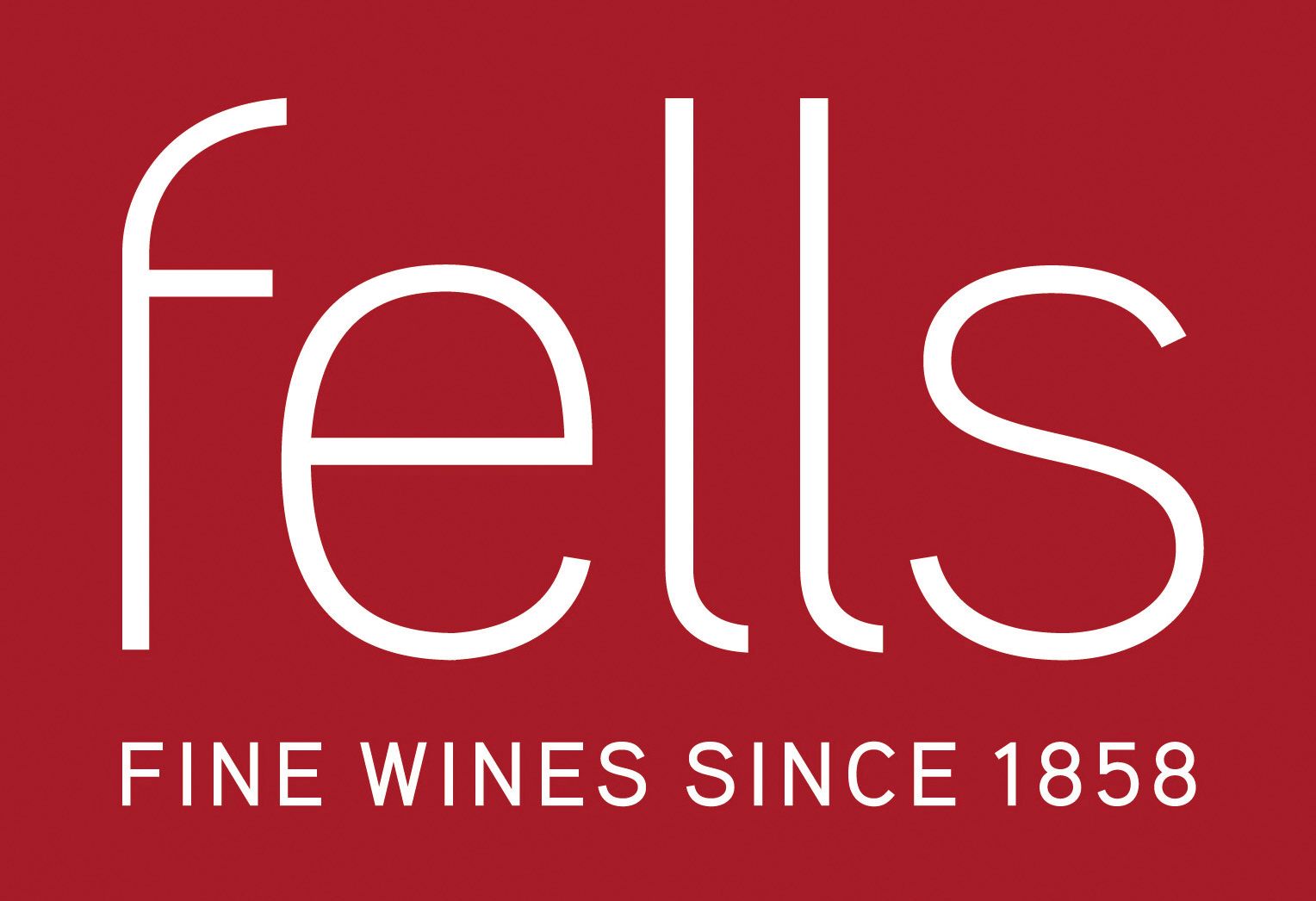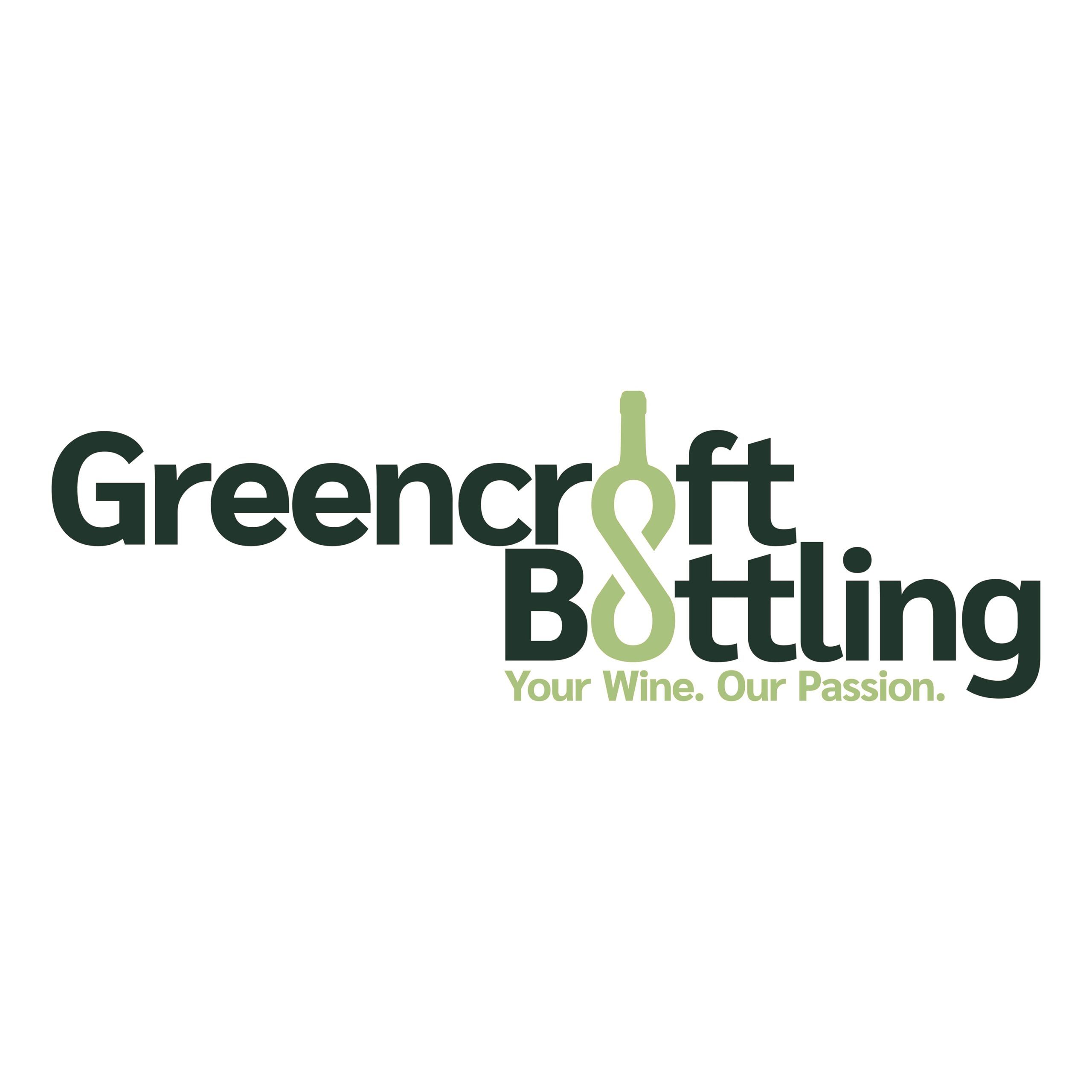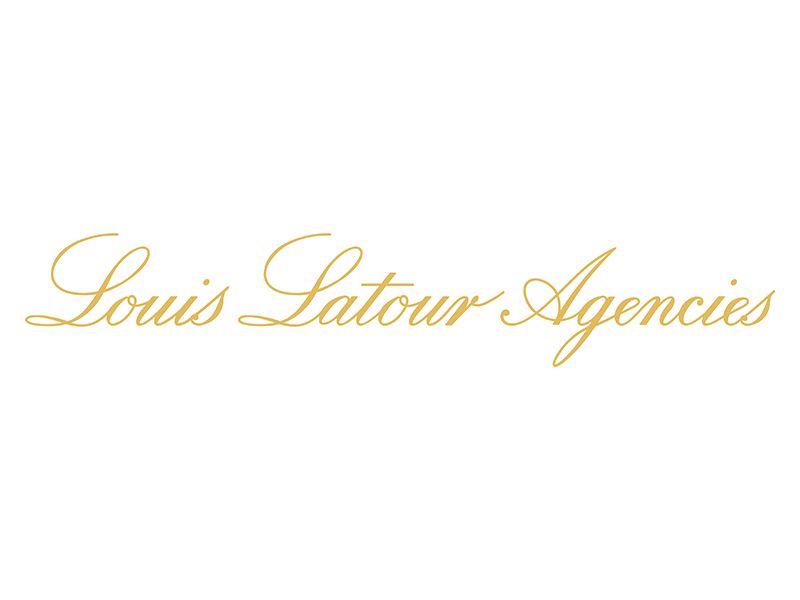The pioneers of the modern winemaking era in Sweden saw the establishment of the Swedish Wine Association in 2002 following the EU officially recognising Sweden as a wine country in 1999. Amongst the leading pioneers were Klagshamn Vineyard, Doman Sanana and Ahus Vineyard looking to create a new style in unexplored terroirs.
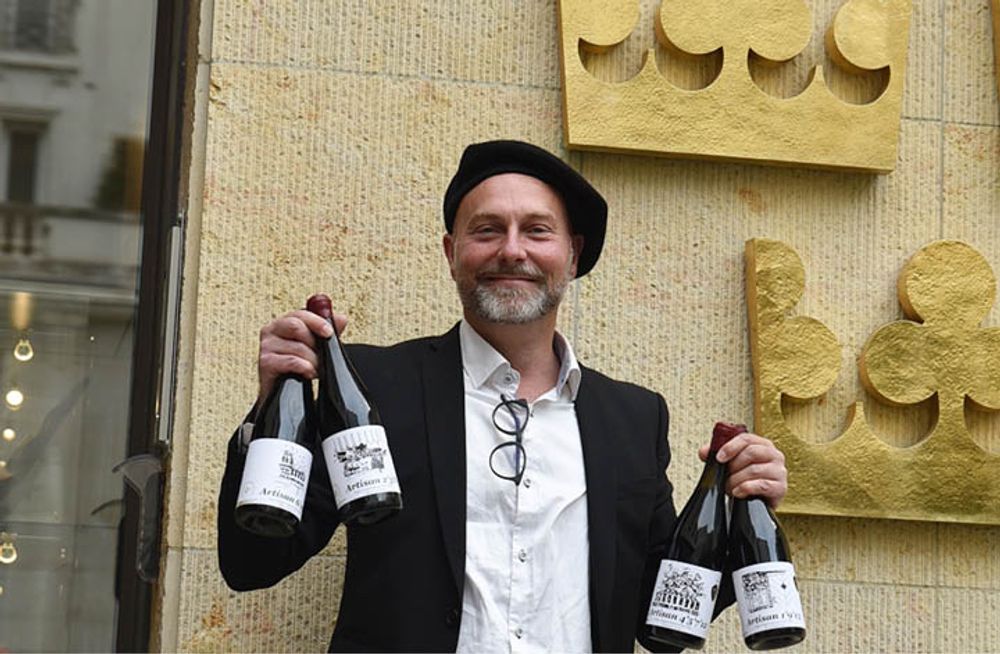
Jeppe Appelin from Vejby Vingard is one of the first winemakers in the south of Sweden
Supplementary to that was research of the Scandinavian region. Jeppe Appelin from Vejby Vingard (the first grape grower on the Bjare peninsula, southern Sweden) wholeheartedly agrees that it was, and is, a pioneering industry which required an “understanding and in-depth research, some 20 years ago, of how they were able to grow grapes in a similar climate such as Denmark”. The view being if Denmark can make wine then why can’t Sweden?
Fast forward to 2006, the Swedish Board of Agriculture stated there were just four companies selling self-produced wine. Now, according to Piwi International there are around 50 commercial vineyards, equating to nearly 200 hectares of vineyards. The rapid rise in development has seen the establishment, two years ago of the SBOV, Sweden’s Branch Organisation for Oenology & Viticulture with PGI approvals to follow.
Which grapes are grown in Sweden?
PIWIs are the key here. PIWI is a German term, ‘Pilzwiderstandsfahige Reben’ which stands for fungus resistant grape varietals. Magnus Oscarsson at Flyinge Vingard claims it is these PIWIs that has established Sweden on the international wine map.
He explains: “The dominating grape today in Sweden is Solaris, a PIWI Solaris. It needs less spraying which is hugely positive and more agriculturally friendly and it also ripens each year, with a great profile and good acidity too.”
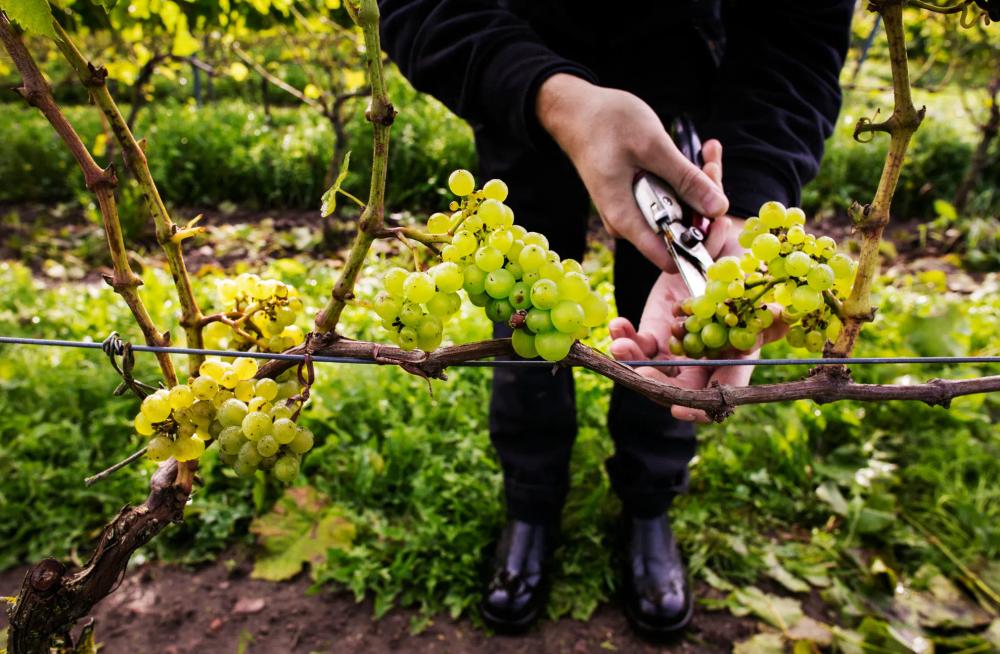
There are now a number of grape varieties being trialled across Sweden
Previously in the Swedish wine movement the grape that was used the most was the blue grape, that of Rondo, which we see today in cool climate areas such as the UK.
It also isn’t all about one grape variety, stresses Appelin. PIWI experimentation is the key, he says, having been recognised for his award-winning red wine production, using the Solera system approach (often seen in sherry production), he has tried as many as 15 different varietals to perfect the end result.
Across Sweden you can find pockets of all different types of grape varieties including plantings of Regent, Cabernet Cortis, Leon Millot, Cabernet Colonjes, Pinotin, Phoenix and Johanniter, alongside the more well-known, Pinot Noir and Chardonnay.
Making wine in a cold climate
Sweden stretches close to 1,000 miles long from top to bottom - so the variation in climate is huge. The wine regions of Sweden are actually on a very similar latitude to Southern Scotland, but with drier, warmer and clearer summers.
As Oscarsson says: “Winters are not really a problem for the coastline of southern Sweden where wine is grown. The challenge for us is spring frost.”
A reality that many face in all cool climates across the wine world.
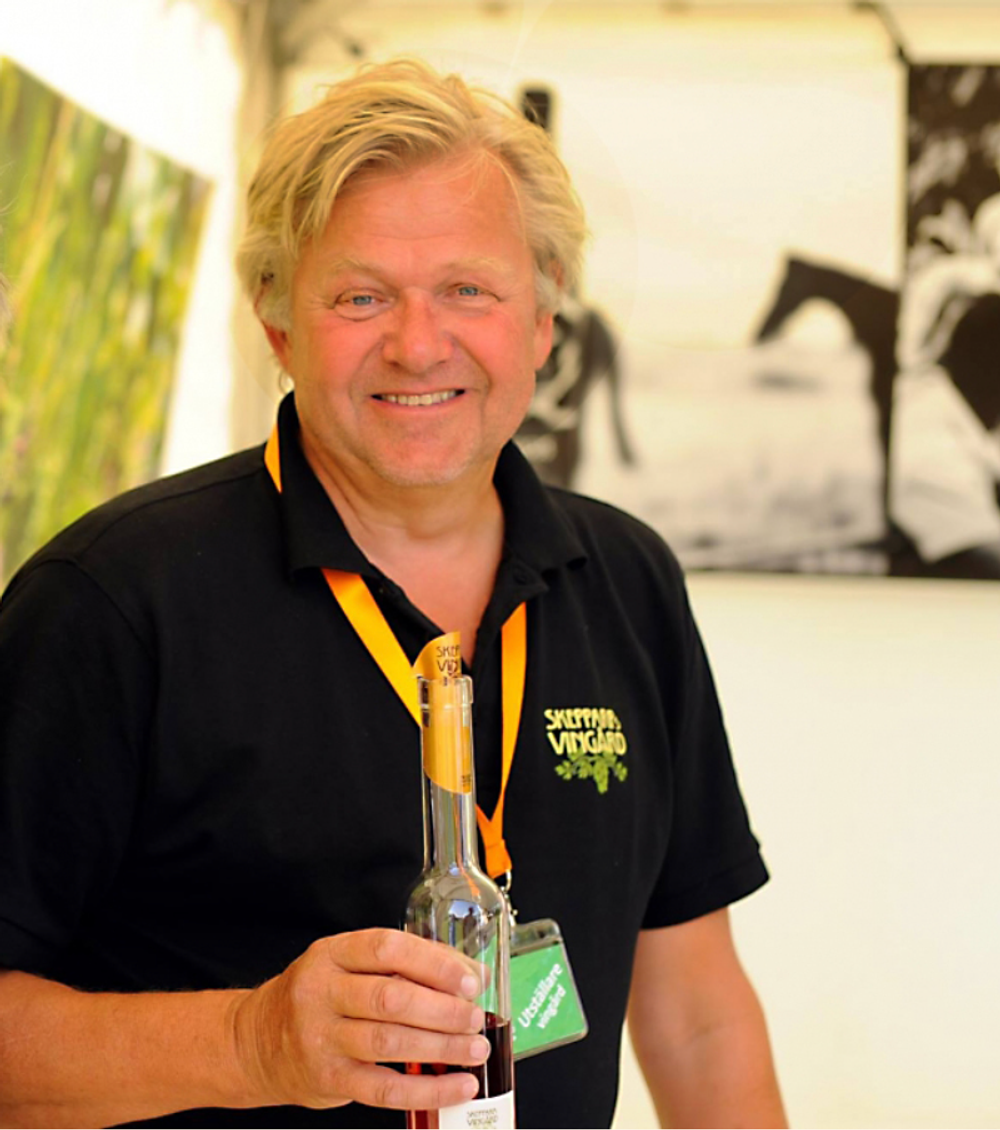
Bengt Akesson from Skepparps Vingard
Bengt Akesson from Skepparps Vingard (based on the Havan in Verkaadalen, north of Kivic) says: “The majority of our vineyard is made up of moraine sandy soils, which have a remarkably quick drainage pattern. Our biggest challenge actually is sunlight - and whether or not there is enough of it to fully ripen the grapes that we wish to produce.”
Appelin adds: “In the Bjare peninsula we sit only 200 metres from the sea, and are very low lying so we don’t get the spring frosts, thanks to the sea breezes.”
Biodynamics and sustainability
Joe Fattorini, the wine television presenter best known as the anchor of ITV’s The Wine Show, who now lives in Sweden, is quick to highlight how important biodynamics and sustainability is to Swedish winemaking. Central to this, he says, is the “PIWI varietal usage in Sweden, where the crosses not only ripen better in Sweden with such a short season but also use dramatically lower fungicidal inputs, which suits the national alignment to sustainability”.
He adds: “Sweden is a real hotbed for natural wines in response to the demand in and around the cities such as Malmo.”
He has now started a Nordics wine TV show as co-host of Drinking with Joe and Maya, along with Maya Samuelsson, a sommelier from Stockholm, to shine the light on what is happening in wine across the Nordics and in Sweden.
Akesson adds: ““Low intervention winemaking has always been central to how we grow our grapes. We would not think of any other process and we fully believe in being fully biodynamic. One of the great things is we do not use pesticides in the vineyard and yet still create healthy grapes, which are environmentally better.”
His efforts have been rewarded by a number of gold medals in the Piwi and Organic Wine Awards.
Unique Swedish selling points
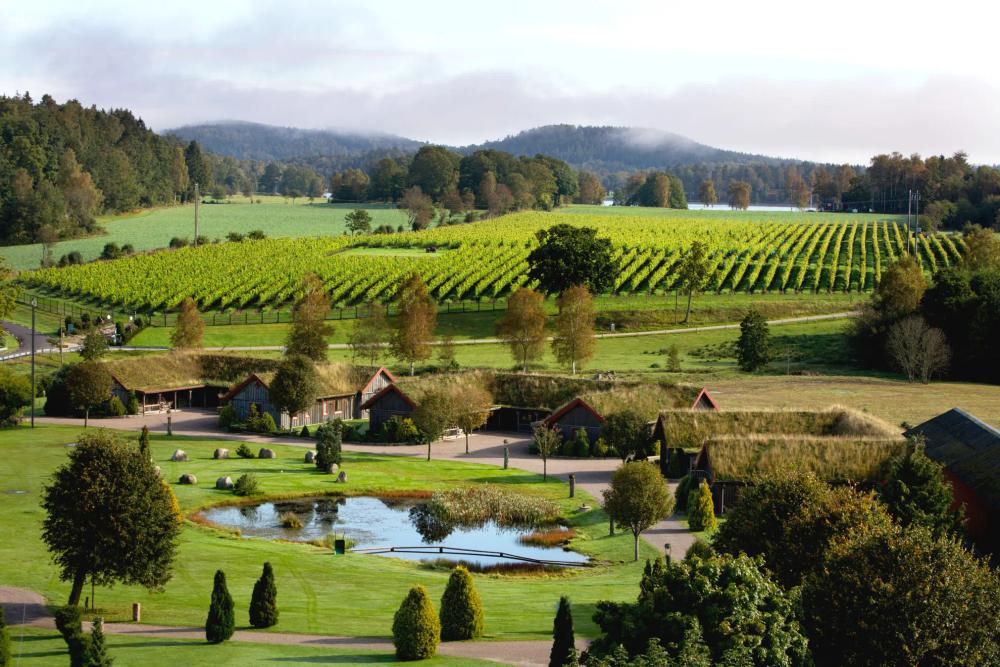
As the climate changes it can only open up new opportunities for Swedish wines
One of the biggest selling points for Swedish wines is how well they work with different styles of cuisine and food, claims Bengt Akesson. He explains: “Swedish wines are amazing to pair with food thanks to the fresh acidity which adds a great balance to gastronomy. That is probably its future unique selling point, certainly when we start to look at expanding into global markets, and we can really target countries with a gastronomic focus.”
Swedish winemakers are also open to testing, trialling and experimentation. It has been key to how far they have come already. There is not a backdrop of centuries of winemaking tradition they are able to utilise and harness. Instead they are free and have licence to adapt, create and push boundaries in any way they want.
One big factor that will only enhance innovation is a potential change in winemaking legislation. This, after all, is a country that has had an alcohol monopoly since 1955 through the internationally respected Systembolaget.
The Swedish government is now looking at opening up farm restrictions and allowing winemakers to sell their wines direct to visitors after years of research with a decision expected in the spring.
The last word goes to Fattorini: “Sweden is the future. At least it is one future. Sweden is still finding out its USP. It took the UK a while to hone in on sparkling wine as its initial market niche. Sweden is going through the same process. Do not forget that Stockholm is already drier than London and sunnier than Paris. Climate change is rearing its head and there is recognition across Europe that the impact of that will be mostly felt in the south and west. Sweden is north and east.”
Plenty of food - and wine - for thought. Sweden is clearly a market in the waiting.
